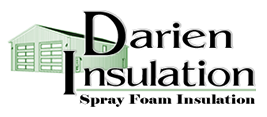Call us! (585) 547-1055
Compare
Round 1 : Installation
Spray foam goes on in liquid form filling cracks and crevices without effort.
Traditional insulation’s have to be cut and maneuvered to fill in gaps, surround electrical outlets and still do not seal tight enough to prevent air flow from seeping.
Round 2 : Water Resilience
Spray foam does not absorb liquids. They run off and drain away. Mold resistance.
Traditional insulation’s absorb moisture, the leading contributor to mold development. They break down over time when exposed to moisture and eliminating there insulating factors.
Round 3 : Stays In Place. Endurance
Spray form is solid and stays in place and in shape. It does not shrink or settle over time keeping its sealing properties intact.
Fiberglass and cellulose sag over time creating cracks and gaps for air to flow through.
Round 4: Healthier
Spray foam does not give off dust and is dust resilient. Also does not release any harmful chemicals in the air such as formaldehyde, HCFCs, HFAs, or HFCs, and doesn’t give off harmful emissions once installed.
Fiberglass and cellulose can be dusty and allow dust and other pollutants to enter the building. Most fiberglass contains formaldehyde, and may emit formaldehyde fumes into your home.
Round 5: Unwanted Visitors
Spray foam does not supply a food or nesting source to unwanted critters.
Traditional insulation can be torn apart by pests, and some even use them for nesting. Leaves spaces for animals to move freely and use the walls for storage: example squirrels.
Round 6: Damage Resilience
Even exposed hardened spray foam is not easily damaged. It is hard to cut chip and cannot be shredded.
Exposed traditional insulation is a hazard and can be easily damaged by pets , children and other environmental factors.





